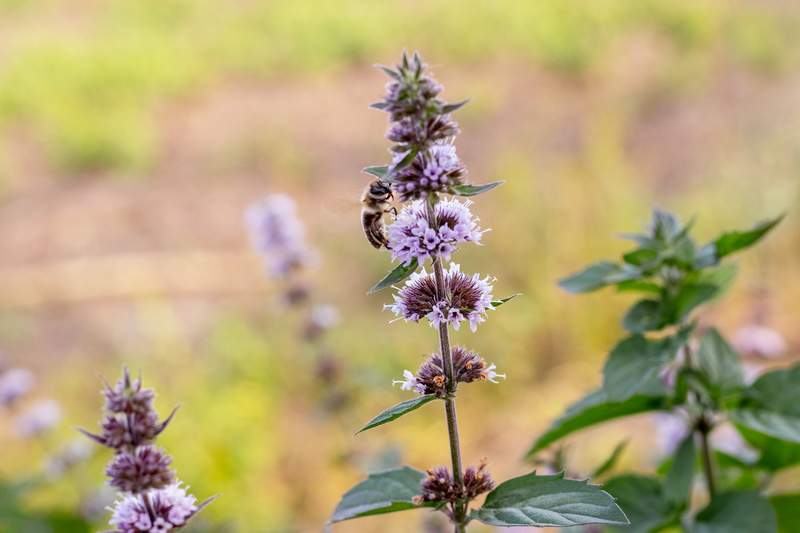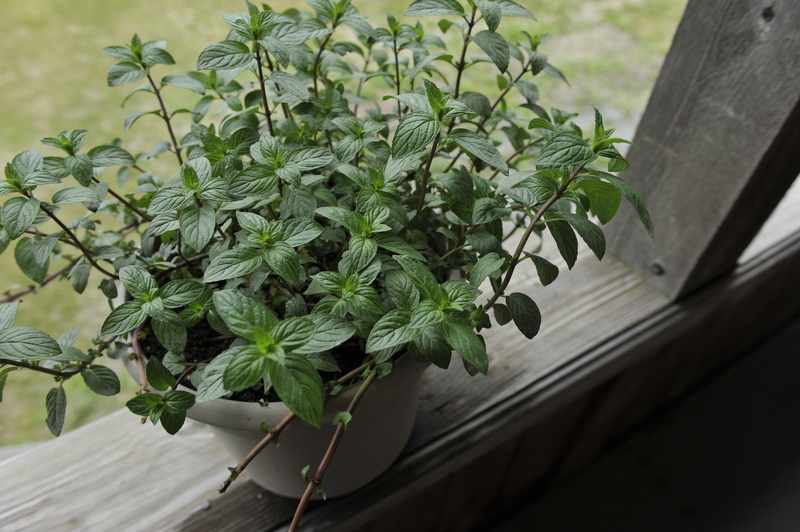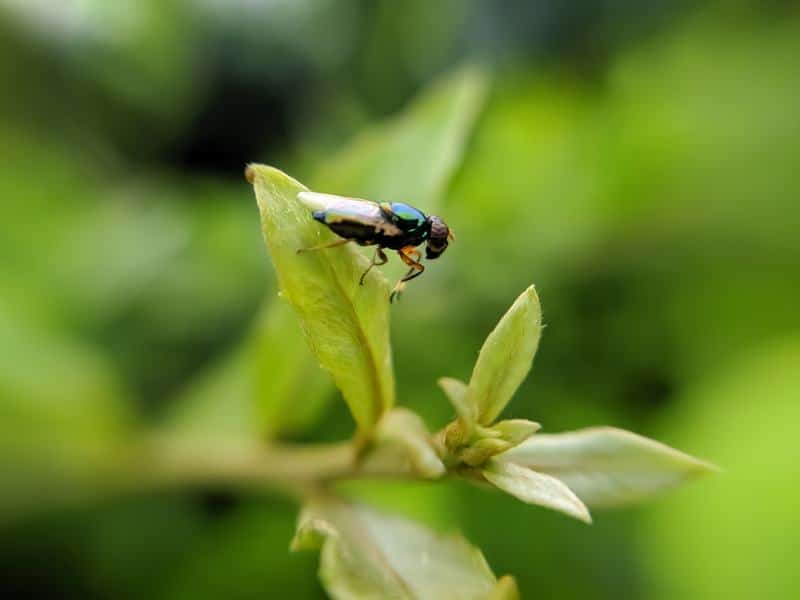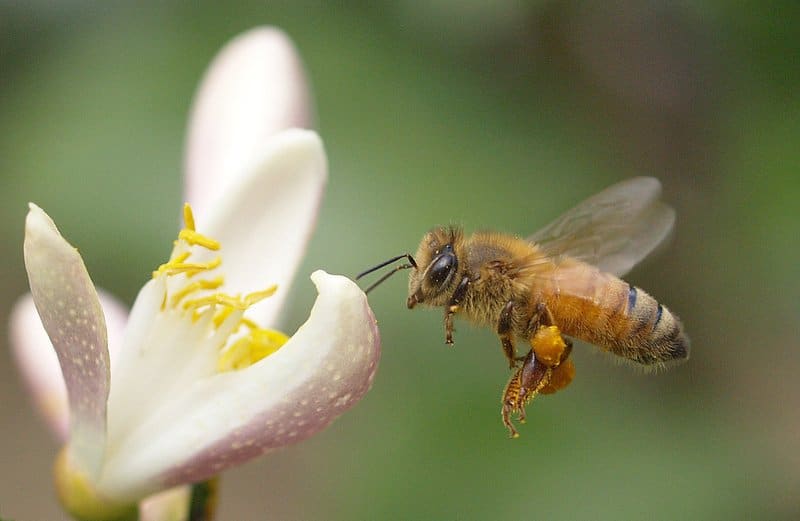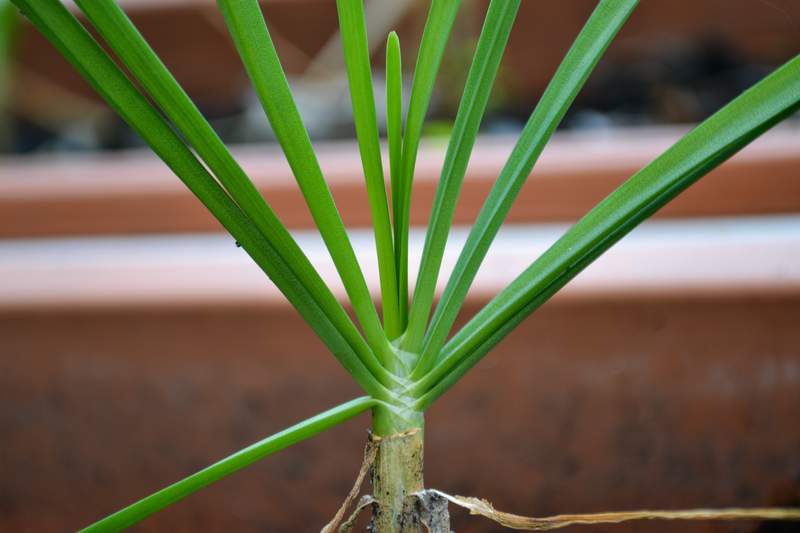
Growing your herbs can be a fun kitchen activity. You can have tasty and lovely plants at your convenience with just a few seeds, some sunlight, and some water.
However, one herb is advantageous since it serves as more than simply a cooking component. Mint, while not always, can act as a natural insect repellent.
A pot of fresh mint leaves can be just what you need if small witty insects enter your kitchen. Mint’s strong flavor discourages insects from making your home their home.
However, one of the numerous drawbacks of mint plants is that some of their variants attract other creatures like roaches, spiders, and flies. Pests like ants, mosquitos, and mice will avoid mint plants whenever possible.
About Mint
Mint is an evergreen bush with many different types. Mint not only imparts the most energizing flavor and perfume to drinks, but it also grows blooms of purple and pink flowers to decorate your garden.
Every summer, mint plants flower, so if you’re worried about it happening to your plant, don’t be. It’s pretty natural. Mint is a perennial plant that blooms to produce seeds, which are then used to develop new mint plants the following year.
Mint Flowering
The mint plant blooms around the end of the summer as part of its natural life cycle. Your mint plant will begin to flower when it is healthy and prepared to set seed. Since mint is a perennial, flowering does not indicate death; however, the flavor of flowering mint may be less intense.
How Can You Make Mint Bloom?
If given the proper growing conditions, a mint plant will naturally flower. Therefore, you don’t need to take any particular action to encourage it to bloom. Beginning in the early summer, mint flowers bloom through the first few weeks of fall. Flowering in young plants typically starts in the second year.
How Many Different Kinds of Mint Exist?
There are about 20 different types of mint. Since hybridization between mint plants happens frequently and has produced hundreds of types and cultivars, it is challenging to estimate the exact numbers.
Due to their distinctive flavors and colors, several mint varieties are popular with gardeners and homeowners. Some of them are:
- Chocolate Mint: The leaves of chocolate mint mix the flavors of mint and chocolate, and their lavender-colored blossoms and brown stalks are quite beautiful.
- Water Mint: Water mint is a strong mint plant that grows in moist environments. It produces fragrant leaves and clusters of round pink to light purple flowers.
- Spearmint: The most popular type of mint, spearmint (or Nana mint), has pink or purple blooms and is used in a wide variety of meals and beverages.
- Strawberry Mint:This variety is quite famous since the mint’s freshness and the strawberries’ delicacy work so well together. The light pink flowers also offer some aesthetic appeal.
- Apple Mint: Apple mint, commonly referred to as pineapple mint, has pretty pink flowers and a pleasing, fruity aftertaste.
- Lemon balm: Lemon balm is a medicinal plant that has been used for ages. It also adds a splash of color to your landscape with its lemony, almost lemongrass-like flavor.
- Peppermint: Known for its potent flavor and a variety of therapeutic applications, peppermint has more menthol than spearmint and has white to purple flowers;
- Lemon mint: Lemon mint’s enormous, purple blooms, which bloom throughout the summer, are a true show-stopper. Its leaves have a mild, lemony flavor.
- Grapefruit Mint: The leaves of the grapefruit mint plant have a strong citrus taste and color.
- Catmint: If you have cats as pets, catmint (also known as catnip) is a terrific addition to your garden. It also grows tall clusters of flowers in colors ranging from white to purple.
Why do Flies Like Mint Flowers
Plant things that naturally repel pests if you prefer to garden without pesticides and do not want insects to eat up and damage your plants. Mint does a good job.
While many insects appear to react differently, we humans seem to prefer its vibrant, fresh aroma. As it grows in your garden, mint can repel and attract both insects or some larger pests. However, the following factors—along with the solution the main ones that cause flies to be drawn to mint plants:
- The Scent of Leaflets
The scent of the leaves of mint plants is the key factor attracting flies to the flowers. These are widely renowned for repelling insects, but it should be noted that this does not include all types of insects.
Flies attract these instead of repulsing them, which is why you may notice many of them buzzing around your mints. There are certain things you can do if this irritates you.
Solution
One simple method is to catch all the flies and then handle them appropriately. When flies come near mint plants, you can set a trap nearby and catch them.
However, if the scent of your plant isn’t strong enough to draw all the flies, you can use a companion plant in its place. Doing this will attract insects to it so you can deal with the flies afterward.
Using a trap is excellent because it doesn’t require any additional tools. But the fact that flies might be challenging to catch is a major drawback. These insects are also pretty small, so there is a good chance they will break away.
- Choose Nearby Plants Wisely
Sometimes, having a companion plant that draws insects may cause flies buzzing about your mint flowers like bee balm, borage, etc.
Some flower kinds tend to draw these insects because they help pollinate. Considering this, you should be aware that removing the flies will prevent your blooms from being pollinated.
It can stop them from expanding and dispersing on their own. Keeping this in mind, people must consider their needs. You can get rid of the flies if you are okay with growing new flowers on your own each year.
Solution
Strong chemicals might assist you in keeping the flies not only away but also wholly get rid of them.
On the other hand, keeping the flies alive is essential if you want your plants to self-pollinate. Either ignore the insects or relocate your mint and companion plants if you don’t want to.
Keeping them apart should allow the insects to remain on the opposite side of your garden. This enables the mint plants to maintain vitality and retain their original medicinal capabilities.
- Additional Note
It is recommended to plant mint along with the following vegetables for increased pollination. The list includes leeks, lettuce, beans, garlic, eggplants, peppers, potatoes, beets, tomatoes, and cabbages.
But strawberries or parsley don’t go well together with mint.
Variety of Mints
Finally, there is one more thing that people need to be aware of: different mint kinds have distinct qualities. This explains why two types may not frequently share similar traits. Speaking of this, some people grow mint since it can ward off insects like flies.
You might have planted the wrong type if you see that they are being drawn in their place. Since all of the plant kinds resemble one another, it might be challenging to tell them apart. However, encountering this issue confirms the cause, and the only course of action is to replace the mints.
Solution
A different type can be used if you were trying to grow these primarily as a fly repellent. However, you should use insecticides for their therapeutic qualities if you grow the herbs. Your mints will no longer smell bad, but they will still have the same health advantages.
Why Mint Plants Bloom?
Mint plants flower when ready to reproduce, just like other flowering plants. It usually occurs when the mint plant is exposed to greater temperatures or other factors promoting bolting. However, mint is a perennial, so it does not die immediately after blossoming.
Conclusion
It is entirely up to you whether or not to let your mint flower. If you cut the flowers, it does not affect the plant’s health. In fact, it is advised that you cut off the flower heads since mint plants may lose their essential oils if they flower, reducing the scent of the leaves.
Additionally, as the plant consumes more energy on making flowers, letting your mint flower may generate fewer leaflets and a less bushy plant.
Mint flowers do, however, have artistic value, especially varieties like lemon mint or even peppermint. Like the leaves, the petals have been used in cooking and are advantageous to wildlife. We hope the above fixes help you get rid of all the problems you are facing. Happy Gardening to you all!

